Change agents get heat
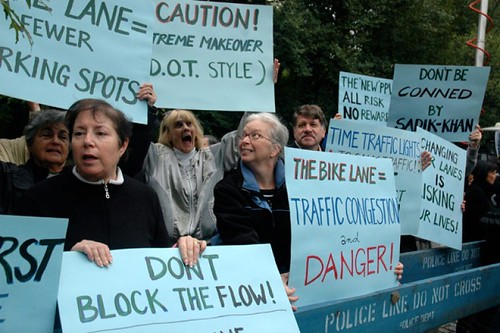
Photos by Zoe Schlanger, from "Park Slope Bike Lane Protest Pits Seniors Against Cyclists" in the Gothamist.
Probably even in a world without cars, changing people's physical environment would run into opposition. In the U.S., rebalancing the mobility paradigm away from the automobile is a very difficult proposition.
Even people in cities are shaped and molded by the automobility paradigm without realizing it, and taking space from the car in favor of pedestrians, quality of life, bicycle, and transit goals almost always runs into big opposition, even by people who think they are pro-neighborhood.
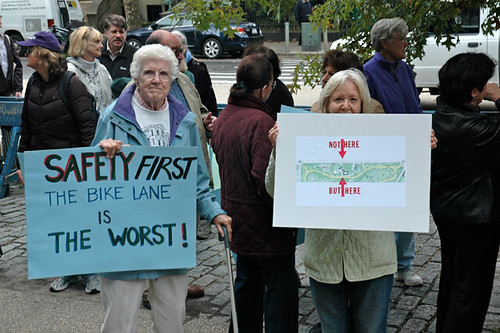
E.g., someone sent me an email recounting a neighborhood planning issue in Capitol Hill, and how in his view people were defining having access to a large inventory of street parking spaces as a "quality of life" issue, and that reducing this inventory would reduce their quality of life. (Probably charging higher rates for residential parking permits would also be seen as a reduction in quality of life.)
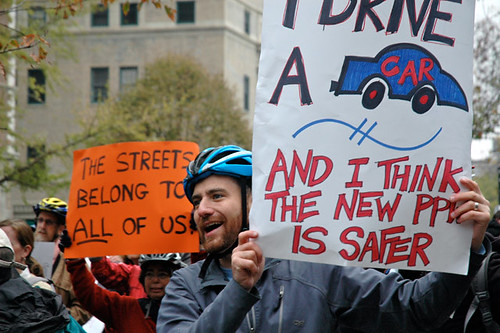
I always joke that if social security is the third rail of national politics, parking (and treating the automobile owner as king and privileging the automobile in terms of mobility priority) is the third rail of local politics.
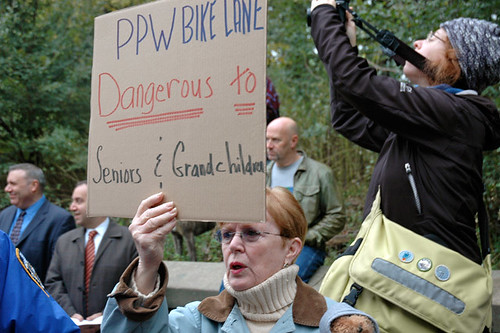
The New York Times has a long piece, "For City’s Transportation Chief, Kudos and Criticism," about Janette Sadik-Khan, her allegedly bristly personality, and about how she has pissed people off in working to prioritize walking and biking within the city's mobility policies. (People don't seem to be so enraged about prioritizing transit.)
Judging by the article, she does need to work on her ability to palaver and convince resistant people. On the other hand, I know that dealing with resistance 24/7 is wearing and that it can be difficult, over time, to maintain an even keel. Even with support.
Labels: bicycling, car culture and automobility, change-innovation-transformation, protest and advocacy, transportation planning
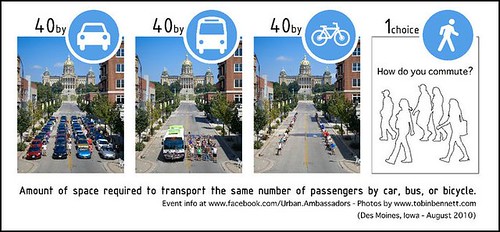
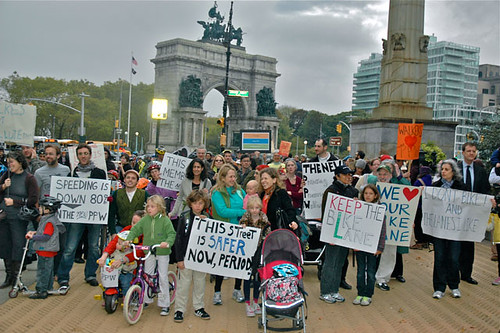



0 Comments:
Post a Comment
<< Home